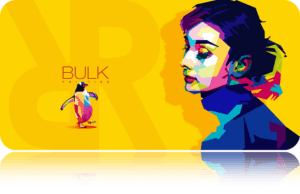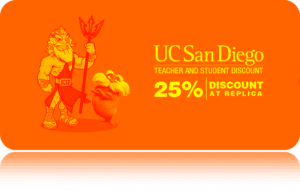You’ve spent all that time and effort building the perfect materials. With the right book binding service, your product will be perfectly suited for its purpose. But bind it the wrong way, and it can become frustrating and hard to use. How do you know which one is for you?
What is Best for You?
Binding is the finishing process used to hold a stack of individual pages together to form a book. The best method for binding depends on how you’ll use your book and some physical properties. Does it need to lay flat? How many pages? Is it hardcover? Think of all the ways your project will need to perform. Also remember your budget, as some book binding types are more cost-effective than others.
Coil Binding
A plastic or metal coil is wound through holes in the material, threading the spiral along the edge. This is the most basic bookbinding method and is the most commonly used because it has many advantages and fulfills simple binding needs. It allows the book to lay flat, can be opened back to back, and works with odd size projects. These pros make coil binding great for books, reports, or documents that require note taking.
Comb Binding
The second most common book binding type is comb, named for the comb-like shape. You start by putting the tabs of the comb through the punched holes, then the base of the comb wraps around the edge and meets the tabs. This bind works well because it’s reusable, you can easily add and remove pages, and the flexible nature allows the spine to keep its shape. These perks make comb binding a solid choice for manuals, cookbooks, and guides that benefit from being hands-off. The book can lay flat like a coil binding but can’t reach the 360-degree wrap.
VeloBind
This method works by feeding tines through punched holes along the edge to meet with a length of plastic on the opposite side. The tines are cut to length, and the remainder is melted to seal the bind. What it lacks in flexibility, this bind makes up for in durability. Velo is difficult to tamper with, can bind over 2 inches of materials, and allows for easy filing and storing. Of all the book binding types, these pluses make Velo a standard in the legal industry, with heavy use in legal briefs, transcripts, and financial reports. Velo comes with the cost of losing the ability to lay flat, and sometimes making the contents near the spine hard to read.
Tape Binding
Tape binding is the application of a pre-glued tape that is heated to activate. This seals the tape along the spine of the material. Flat edges make this style ideal for mailing or filing items like lab manuals, proposals, and reports. No holes are required, and the one-step process is simple. The big drawback of this book binding type is that once adhered, there is no removing the tape. Pages can’t be added, and the tape isn’t reusable.
To make sure you get the right book binding service for your job, make sure to think about your needs and do your homework. It also helps to work with an experienced, knowledgeable printer to answer any basic or advanced bookbinding questions that come up. Replica San Diego Digital Print & Copy can help you with all of your binding needs. Click the ‘Get a Quote’ button or contact us to get the professional touch that will send your project over the top.






